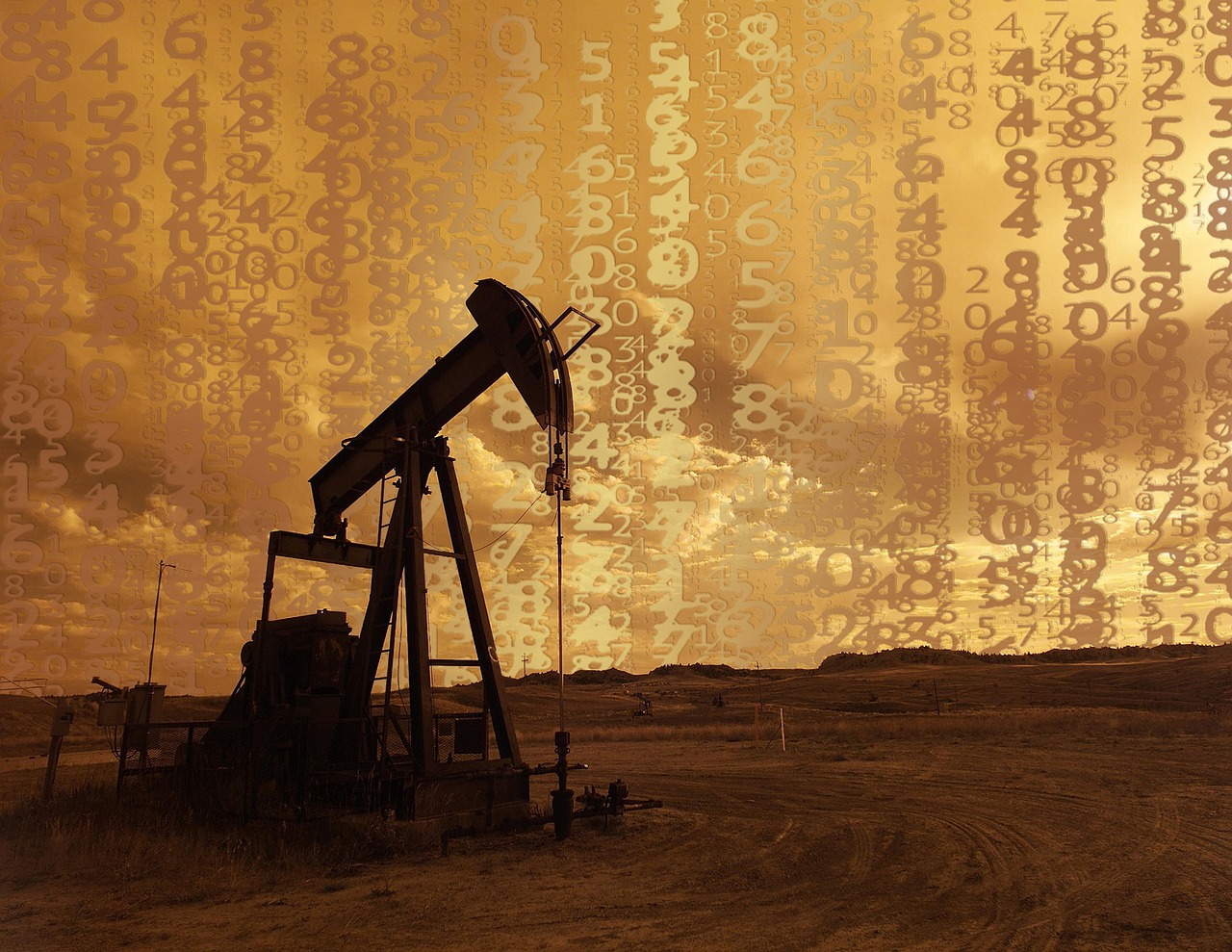While higher gas prices may be welcome news to the oil industry, the rest of us should be concerned. It is a glaring recession warning. Over the last 40 years, higher gas prices have been linked to economic stagnation and recessions.
Q4 2021 hedge fund letters, conferences and more
The Ford F-150 is the most popular car in America, per Edmunds. It gets on average about 21 miles to the gallon. The U.S. Department of Transportation claims Americans drive 13,500 miles a year. According to AAA, the average price for regular gas was $2.76 a year ago. Today the average is $4.17. The average U.S. consumer spent $1,774 on gasoline a year ago. At current prices, the average consumer is spending nearly $1,000 more.
The spike in oil and gas prices is primarily due to two factors. Mostly it is Russia and its invasion of Ukraine. Behind the scenes is the global push toward greener energy sources.
I explore these considerations and the relationship of high gas prices to economic activity to appreciate this recessionary omen.
I use the terms oil and gas interchangeably throughout this article. Please understand gas is a byproduct of oil, and therefore its price is a function of oil prices and other factors.
High Gas Prices And Recessions
Before a broader discussion of why oil prices are increasing, I explain the extensive role that oil plays in the economy and why the price of oil can have such a significant impact on economic activity.
Micro Perspective
As we consider how high gas prices impact consumers’ behaviors, bear in mind personal consumption accounts for about two-thirds of economic activity.
In economics, gasoline is considered an inelastic good. Regardless of how high the gas price is, consumer demand does not vary much.
Without gas, we can’t get to work, go shopping, or do many of the things we enjoy. Accordingly, the price of oil and specifically gasoline play a prominent role in budgeting our money. Given the difficulty in reducing gas usage, many consumers must spend less on other items or borrow to offset higher gas prices.
The less obvious but equally important role gas prices play is with our consumer psyche. Gas prices are more clearly advertised than any other good or service. Gas stations are everywhere we drive, and every one of them has a billboard flashing gas prices. Gas is one of a select few items in which most consumers can regularly quote a price with great accuracy.
As gas prices rise, consumers tend to associate it with broader inflation, whether true or not. Energy goods and services only account for 7.5% of CPI, but it plays a much bigger role in many people's minds. As such, higher gas prices drive a greater fear of inflation which often causes consumers to pull back on other purchases.
Macro Perspective
Oil is not just used to fuel our engines, but it is a component in a considerable number of products. Even if oil or an oil byproduct is not a product component, it plays a role in producing and shipping that product to the consumer. The list below from Ranken Energy scratches the surface of everyday products made from petroleum.
Given the widespread reliance on oil in almost every good, there is a strong correlation between oil prices and economic activity.
Read the full article here by Michael Lebowitz, Advisor Perspectives.




